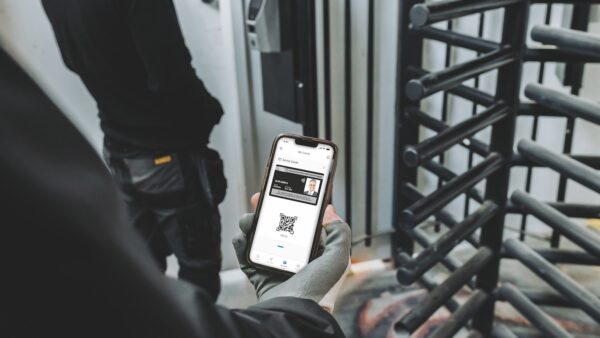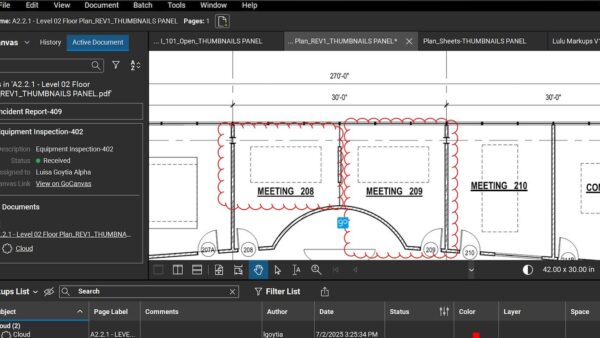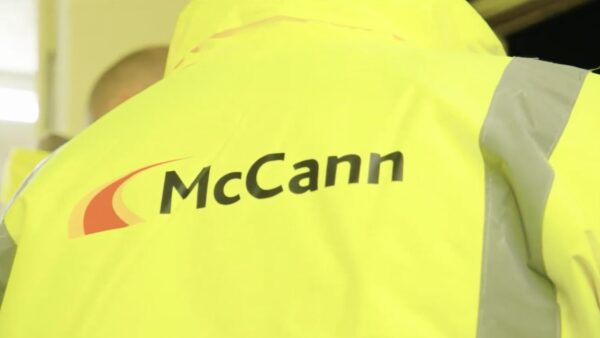We asked a consultant, a contractor and two software providers if coronavirus will accelerate construction’s digital journey.
David Philp, global BIM/MIC consultancy director, Aecom
Change is the pervasive reality in these challenging times. The coronavirus pandemic will likely have an unprecedented impact on our global built environment and is already forcing us to strive for more innovative and rapid solutions.
From increased homeworking needs, maximising performance of our healthcare estates and ultimately how we can recover from the looming economic challenges, we need to usher in new ways of working.
This crisis will be an opportunity for us to rethink construction priorities, how we can better use technology and innovate in the use of joined up data to support immediate societal needs and the creation of a more resilient built environment.
In these testing times we cannot afford to waste this crisis, innovation and new ways of thinking are the priority and will help both businesses and society survive and accelerate recovery.
Digital has already helped us collaborate but perhaps the pandemic will help us make better use of these tools to “hyper collaborate” virtually and share information more freely (we need positive interactions during these times) to help us cope and recover.
Social distancing will undoubtedly spark technological innovation and we will think up new ways to congregate online and better communicate and via our digital channels.
Andrew Gamblen, digital manager, Willmott Dixon

The effect of Covid-19 and the social isolation/distancing that it’s forcing us all to take is going to have a long-lasting effect on both the construction sector and the UK as a whole. There has been a huge increase in the use of technology and software in the past week and a half that allows individuals and teams to communicate and collaborate remotely.
While this technology has been around for a while, and because we are in a position where we have to use it to keep working, people are starting to become a lot more comfortable with it and this is building up simple routines that will have a lasting effect.
It won’t be long until these simple routines are augmented with further digital software and techniques that will help give even greater momentum to adoption of digital construction across the industry. I don’t know what things will be like by the end of the epidemic, but I do know we definitely won’t be working in the same way as we were before.
Alexander Le Bell, CEO, Tridify

Those who have been delaying the digitalisation of processes are now looking at how technology can support staff working from home, travelling less, moving meetings online and reducing staff contact in general.
Many organisations we talk to already recognise the benefits of digital tools and how they can improve collaboration and streamline certain processes. The current crisis is forcing some to adapt more quickly, using technology to support new working practices. Any benefits achieved from new streamlined workflows in the next few weeks will also obviously be there in the future too.
Processes in the planning phase involving BIM, for example, can be accelerated by using online tools already available, supporting remote working, as they don’t rely on certain physical hardware needs and processing power.
We are already seeing increased interest in services which give immediate access to 3D BIM models by allowing users to share them online. By making these models more easily accessible without specialist software, fewer physical meetings are needed to view them, but it means they can also add value outside their traditional realm. You don’t need to go into an office to review a 3D BIM model any more.
Timo Makkonen, CEO, Congrid

Digital technology enables the possibility to follow sites remotely, even though a presence is still needed to lead the work. Workers might realise new opportunities during any quarantine period and find new ways to work with digital tools.
Congrid technology, among other digital tools, enables remote follow-up, acceptance procedures and status updates with the actual work and inspections being done at the site. Ensuring good-quality outcomes needs a presence at the site, even though some parts of the acceptance process can be completed remotely. This means that remote practices can reduce staff contact as staff don’t need to travel to the site that often.
Remote meetings and training are now standard, which is more time-efficient to the participants. This can only increase and I believe this will remain after the crisis with more remote sessions and work being carried out.
What do you think – will Coronavirus change construction’s working practices permanently?
Email your thoughts to: [email protected]














